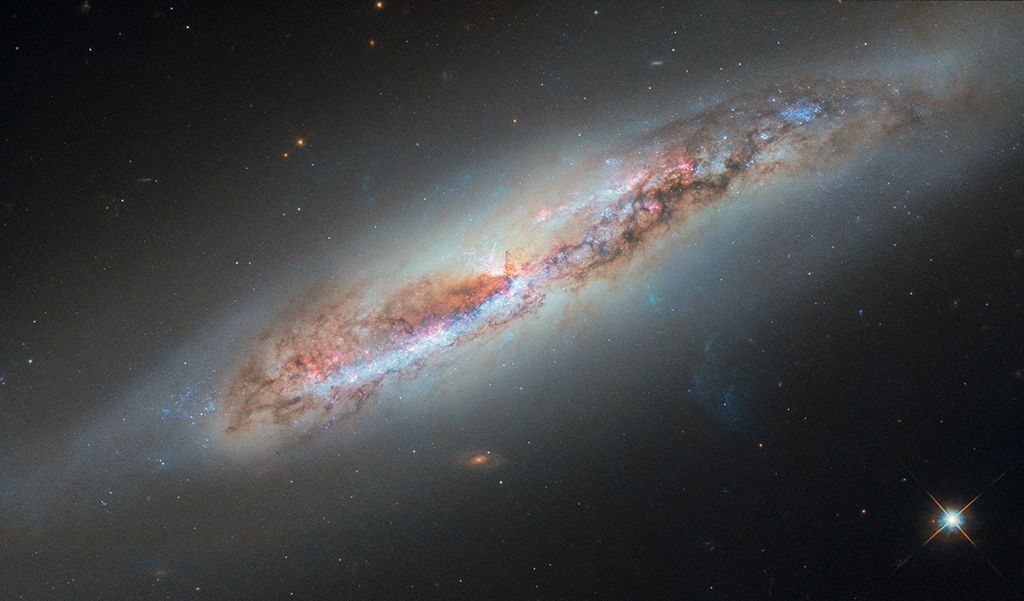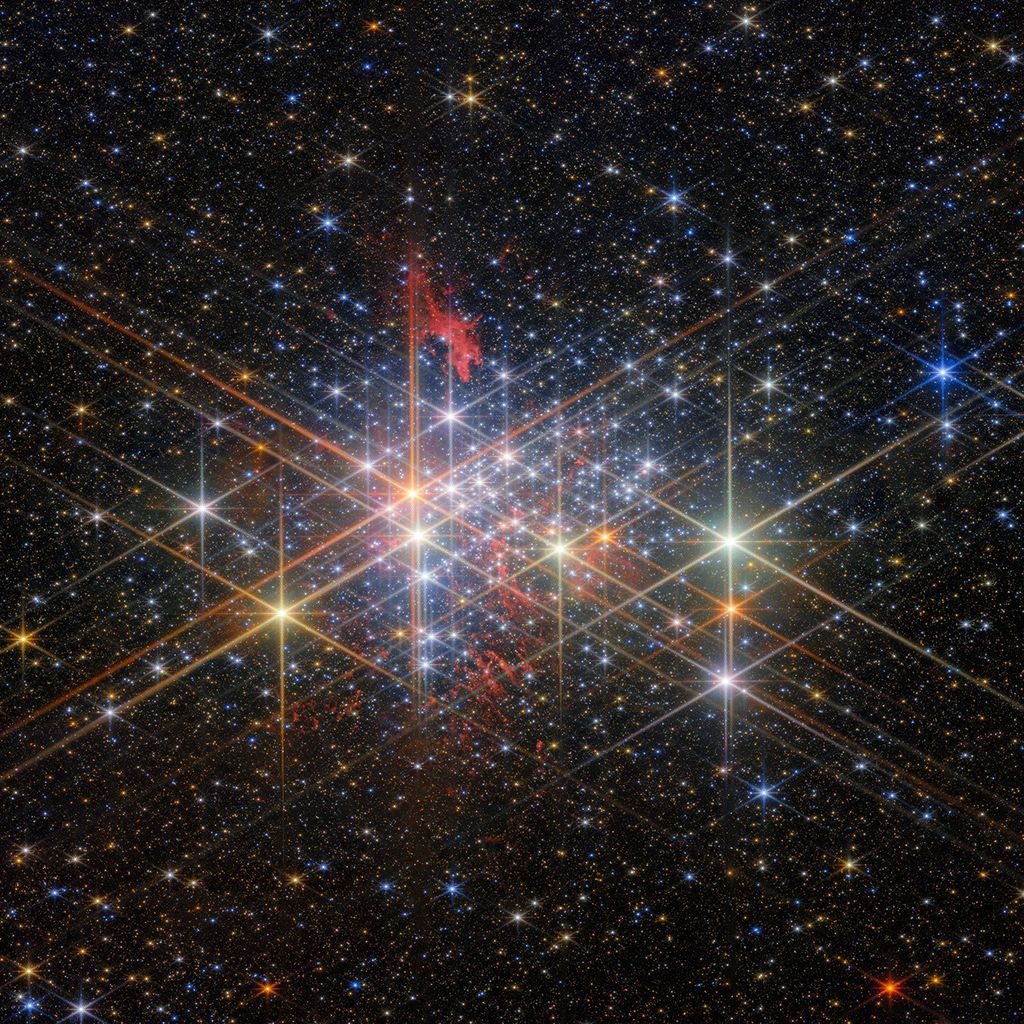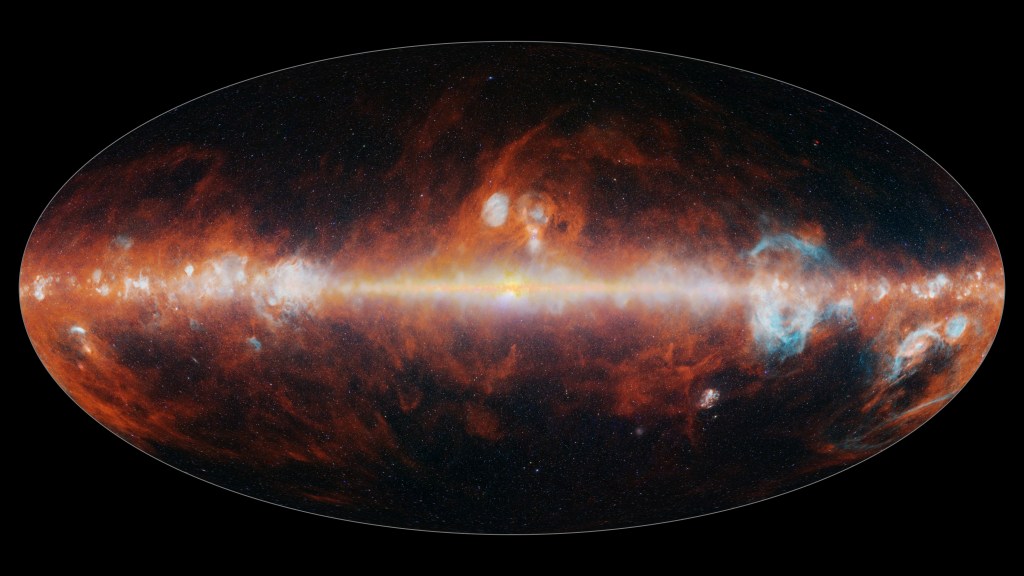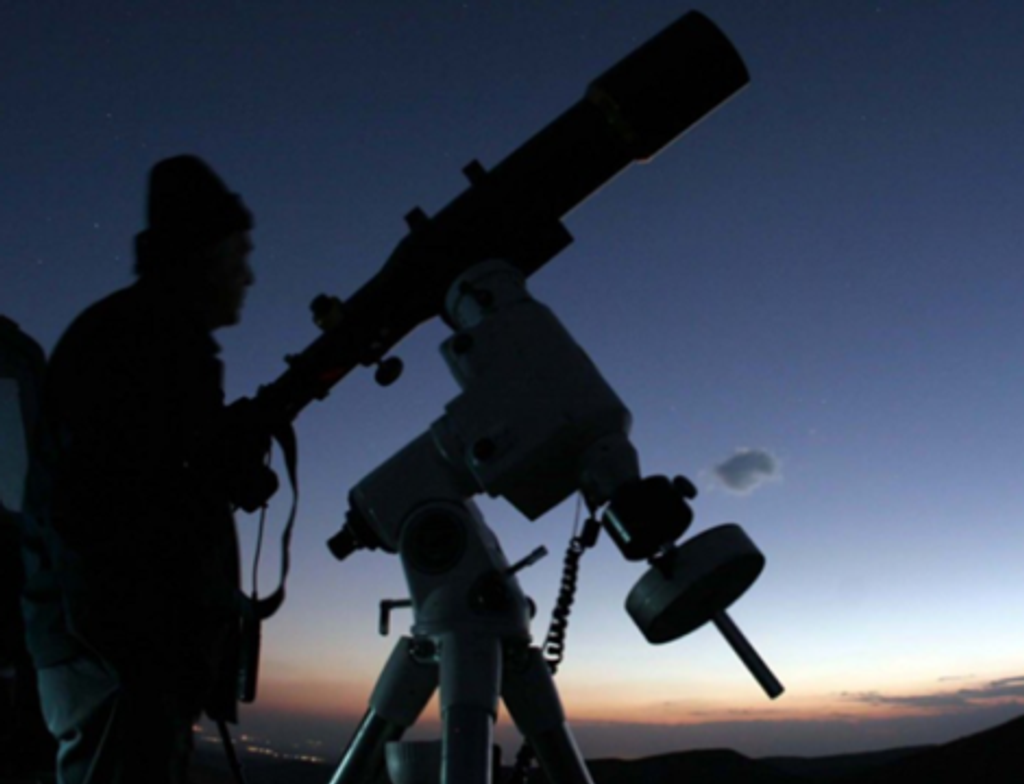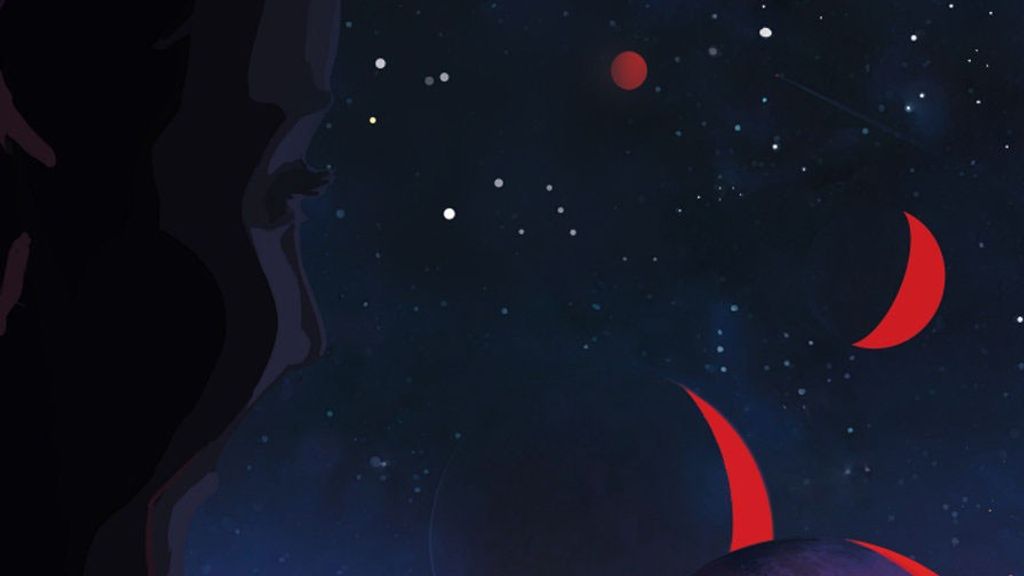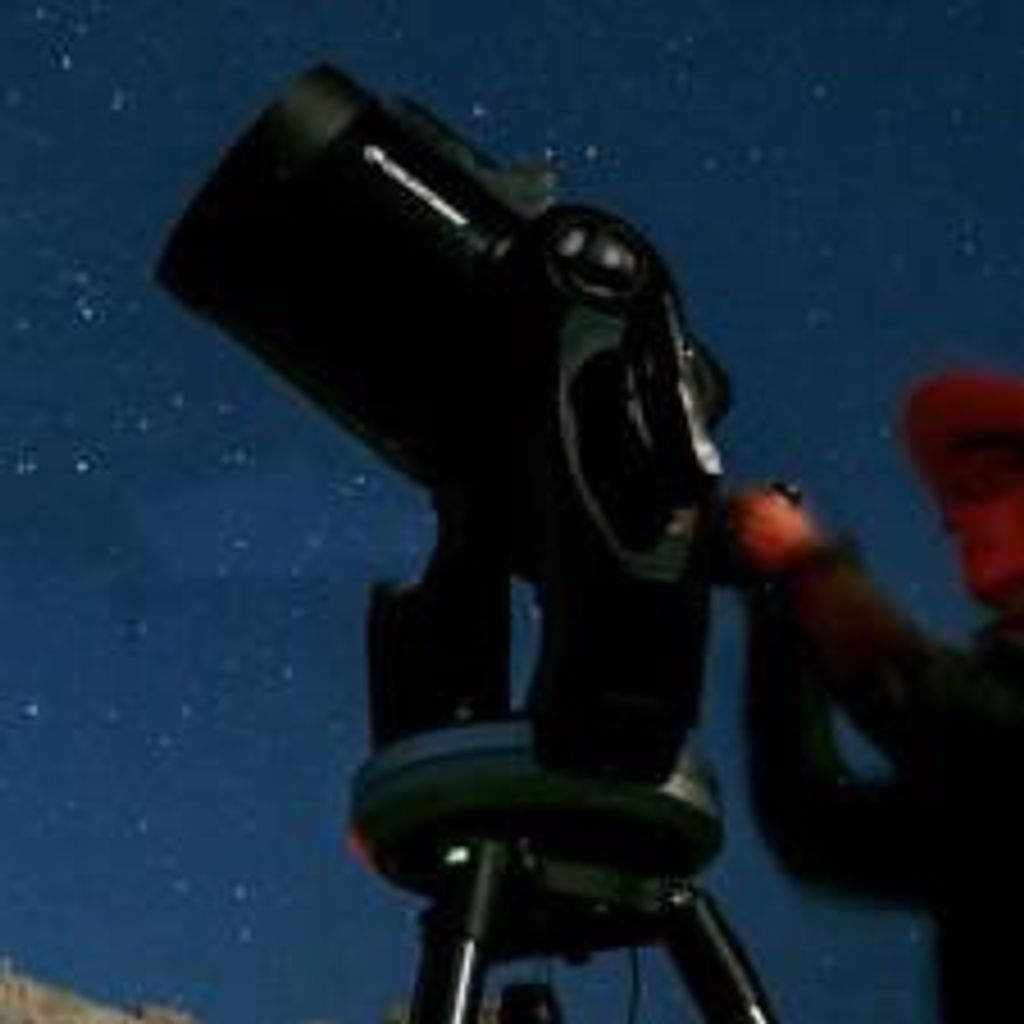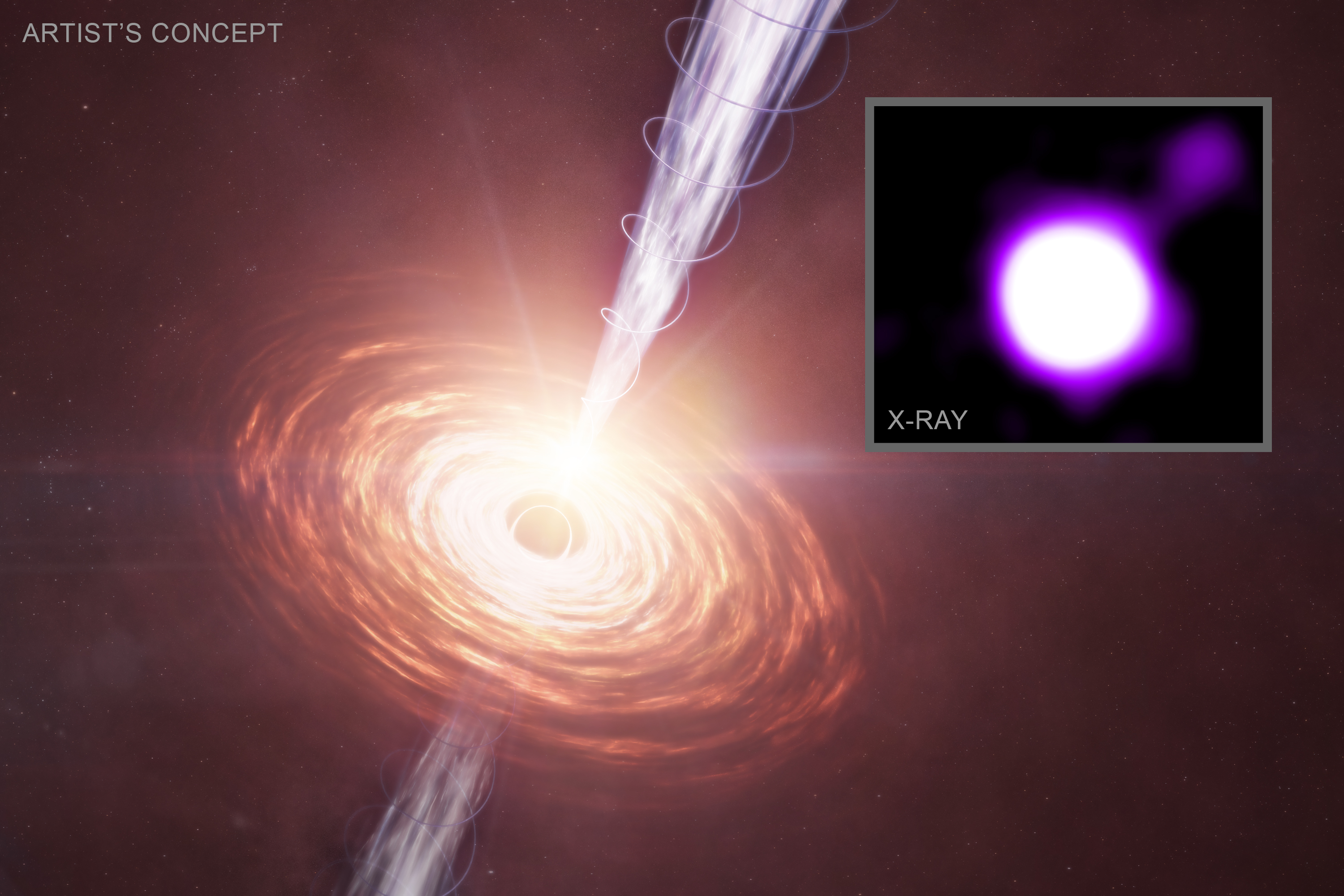
NASA’s Chandra Sees Surprisingly Strong Black Hole Jet at Cosmic “Noon”
An artist's illustration showing material in a disk that is falling towards a supermassive black hole. A jet is blasting away from the black hole towards the upper right. The black hole is located 11.6 billion light-years from Earth when the cosmic microwave background (CMB), the leftover glow from the big bang, was much denser than it is now. As the electrons in the jets fly away from the black hole, they move through the sea of CMB radiation and collide with photons producing the microwaves. These collisions boost the energy of the photons up into the X-ray band, allowing them to be detected by Chandra even at this great distance. The schematic in the inset shows a close-up view of this process.
Image Credit: X-ray: NASA/CXC/CfA/J. Maithil et al.; Illustration: NASA/CXC/SAO/M. Weiss; Image Processing: NASA/CXC/SAO/N. Wolk
- X
https://www.nasa.gov/image-detail/supermassive-black-hole-and-cosmic-microwave-backgound/
TakenJune 2, 2025
Image CreditX-ray: NASA/CXC/CfA/J. Maithil et al.; Illustration: NASA/CXC/SAO/M. Weiss; Image Processing: NASA/CXC/SAO/N. Wolk
Size3000x2000px

